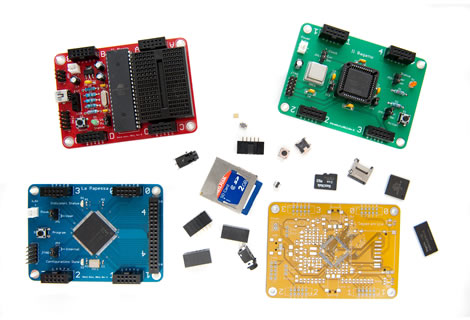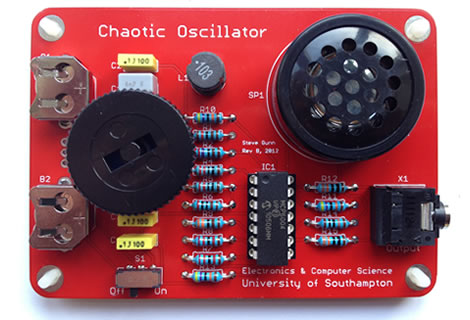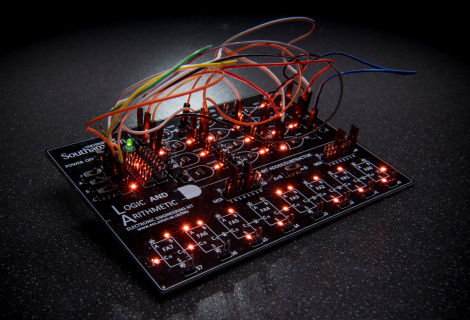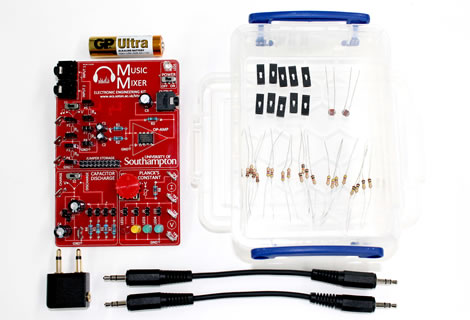Dr Themis Prodromakis from the University of Southampton has been awarded a Royal Society Industry Fellowship to progress the development of bioelectronics that would revolutionise the treatment of nervous system disorders.
The four-year fellowship, a collaborative partnership with pharmaceutical company GlaxoSmithKline (GSK), will exploit the potential of memristive devices across an ambitious programme from September 2017.
The project aims to deliver a platform technology that will address the current limitations placed on implantable neural devices by bandwidth and power constraints. The advance would enable the integration, analysis and interpretation of data in real-time while requiring minute power and chip area.
Themis, an Engineering and Physical Sciences Research Council (EPSRC) Fellow and Reader in Nanoelectronics at the Universityâs Department of Electronics and Computer Science (ECS), commented: âIâm delighted to receive this prestigious award that will allow me to translate some of the key fundamental scientific research contributions I have developed over the past four years with the support of the EPSRC and the EU, addressing some of the outstanding challenges of neural interfaces in the field of bioelectronics. This partnership between the University of Southampton and GSK will combine emerging technologies in a new application space: the bioelectronics initiative.â?
The Industry Fellowship will focus on memristive devices that appear well-suited to providing a disruptive technological boost by performing the role of artificial synapses.
Themis explained: âMuch akin to biological synapses, these memristive devices possess the intrinsic ability to simultaneously carry out computational tasks and store information at aggressively downscaled volumes and power dissipation. In this front, we recently demonstrated in an article in Nature Communications that the intrinsic characteristics of solid-state nanoscale memristors, such as input thresholding and analogue modulation of resistive state, can be used to encode neuronal spiking activity while suppressing noise.
âThrough this award we aim to exploit this concept for building a highly scalable integrated neural activity decoder. The availability of such a technology would revolutionise the development of embedded devices for treating a wide variety of nervous system disorders.â?
Researchers at Southampton have also recently secured funding from the Innovation to Commercialisation (ICURe) programme to help define commercialisation strategies for the technology. The Universityâs Faculty of Physical Sciences and Engineering has invested in three patents in the area and will seek to benefit from expertise within GSK as it steers activities to maximise impact.
Related Links
The University cannot accept responsibility for external websites.



